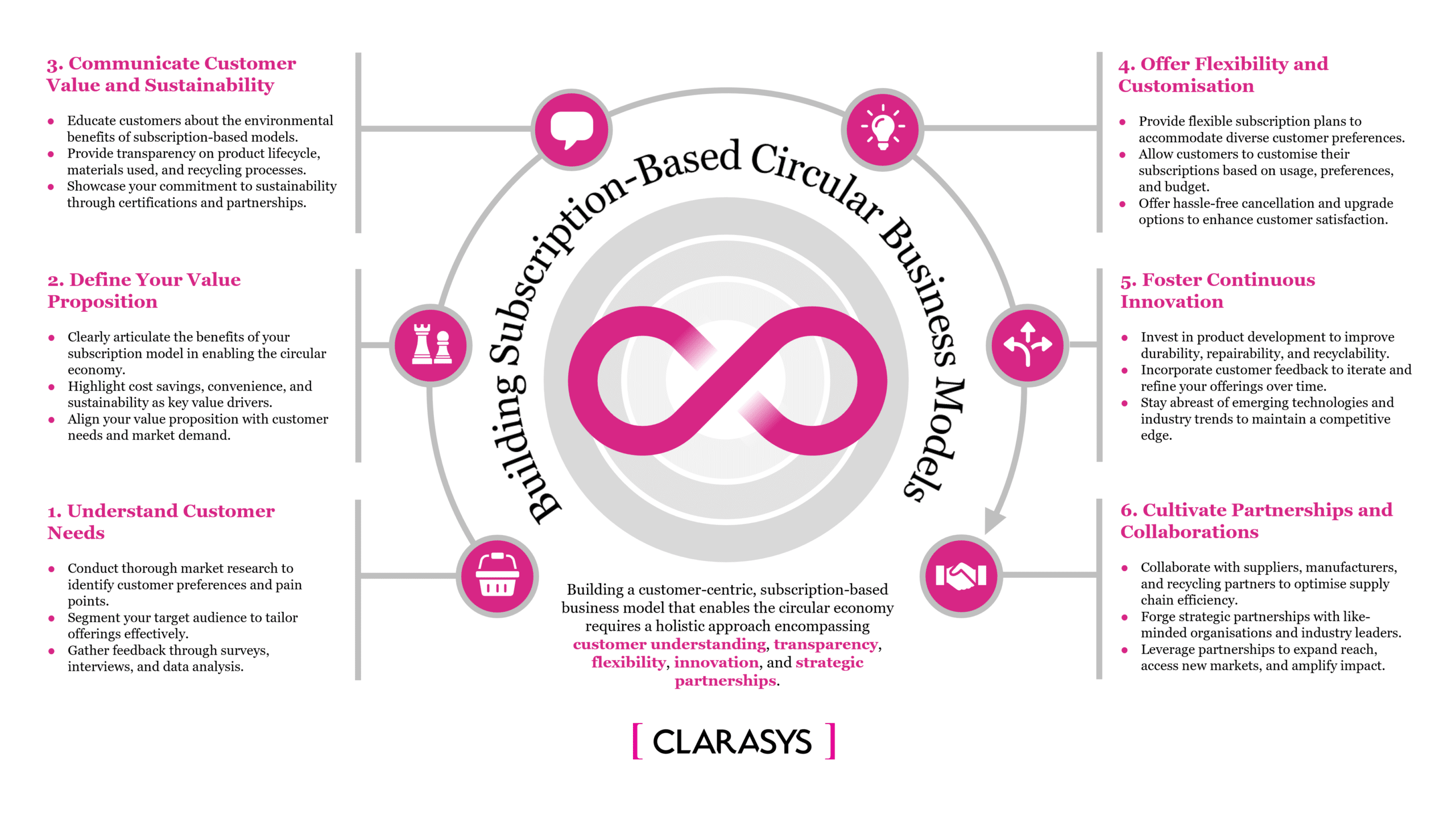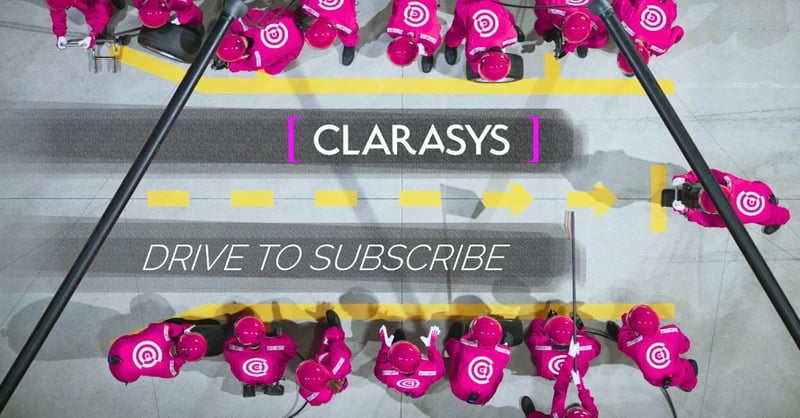Ready, Set… Go Circular!
In the ever-evolving landscape of commerce, businesses are increasingly pivoting towards sustainable practices. Among the myriad of strategies, subscription-based models (SBMs) emerge as a beacon of sustainable innovation. These models enable organisations to participate in the Circular Economy, where products are purposely designed to be better reused, refurbished and repurposed, thus decreasing the impact on our landfills and reducing the energy and material usage. Most importantly, these models address one of the major problems in our current system that is fueled by consumerism and ownership by proposing a business model that is based on access to a service that meets a customer need while maximising the productivity of the asset and materials. By intertwining convenience, sustainability, and customer-centricity, subscription models are not merely a trend but a fundamental shift in business paradigms.
1. From Linear to Circular: The Role of Subscription-Based Models
Subscription-based models serve as a linchpin in transitioning to a Circular Economy. Traditionally, linear economic models follow a “take-make-dispose” approach, resulting in resource depletion and environmental degradation. Conversely, circular models prioritise resource conservation, reuse, and regeneration.
Subscriptions embody this circular ethos by emphasising product longevity and multiple lifecycles. Rather than single transactions, customers engage in ongoing relationships with products, fostering a sense of ownership and responsibility. This shift from ownership to access aligns with the Circular Economy’s core tenets, where products remain in circulation for as long as possible.
Moreover, subscriptions incentivise businesses to prioritise product durability, repairability, and recyclability. Manufacturers are compelled to design products with extended lifespans, reducing waste and minimising environmental footprint. Consequently, subscription-based models serve as a catalyst for sustainable production and consumption patterns, driving the Circular Economy forward.
2. Subscription Models in Action: Circular Economy Case Studies
Many organisations have embraced subscription-based models to catalyse circularity across diverse industries. Take for instance the fashion sector, notorious for its fast-paced and wasteful practices. Companies like Rent the Runway and Le Tote offer clothing rental subscriptions – allowing customers to access a revolving wardrobe without perpetuating the cycle of overconsumption.
In the realm of technology, companies like Fairphone disrupt the linear model by offering modular, repairable smartphones under subscription plans. By enabling customers to upgrade components rather than entire devices, Fairphone minimises electronic waste and extends product lifecycles.
Similarly, in the automotive sector, Volvo’s Care by Volvo program provides customers with access to vehicles via subscription, encompassing maintenance, insurance, and flexible upgrades. This holistic approach reduces resource consumption associated with vehicle production and incentivises manufacturers to prioritise longevity and recyclability.
3. Designing Customer-Centric Circular Subscription Models
Building a subscription-based circular business model requires a nuanced approach that prioritises value, convenience, and sustainability.
Firstly, understanding customer needs and preferences is paramount. Conducting thorough market research helps tailor subscription offerings to align with customer desires, promoting engagement and loyalty.
Secondly, transparency and education play a pivotal role in nurturing trust and accountability. Clearly communicating the environmental benefits of subscription models and educating customers on proper product usage and disposal instils a sense of shared responsibility, fostering a customer community committed to sustainability.
Moreover, flexibility is key to accommodating diverse consumer lifestyles. Offering customisable subscription tiers, flexible payment options, and hassle-free cancellation policies empowers customers to tailor their experiences while minimising barriers to entry.
Lastly, continuous innovation and feedback loops are essential for refining and optimising subscription offerings. Leveraging data analytics and customer feedback allows businesses to iteratively improve product designs, service quality, and sustainability practices, ensuring long-term viability and relevance.
In conclusion, subscription-based models represent a paradigm shift towards a Circular Economy, bridging the gap between profitability and sustainability. By prioritising customer-centricity, durability and reuse, businesses can harness the transformative power of subscriptions to pioneer a more sustainable future.

If you are interested in growing your subscription business, please get in touch! Or if you’re exploring how to shift from a linear to circular business model, check out our Circular Economy Accelerator.





